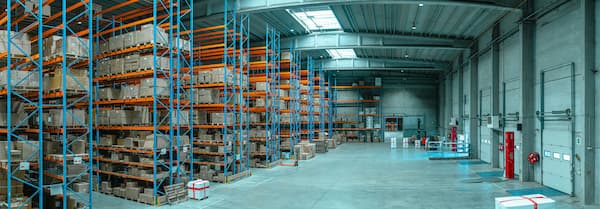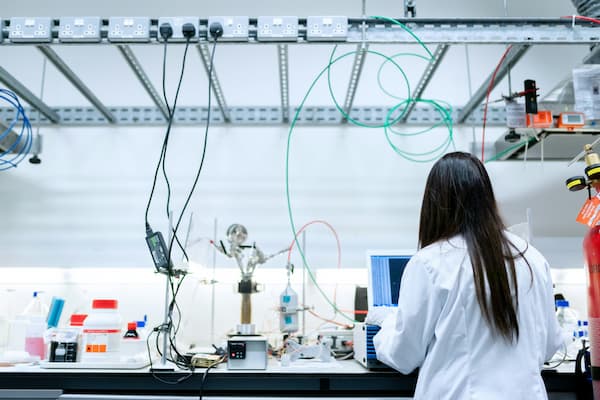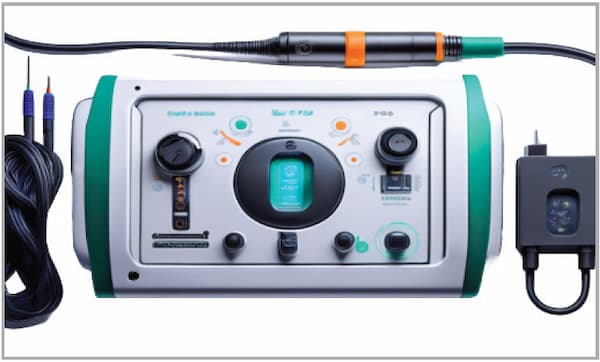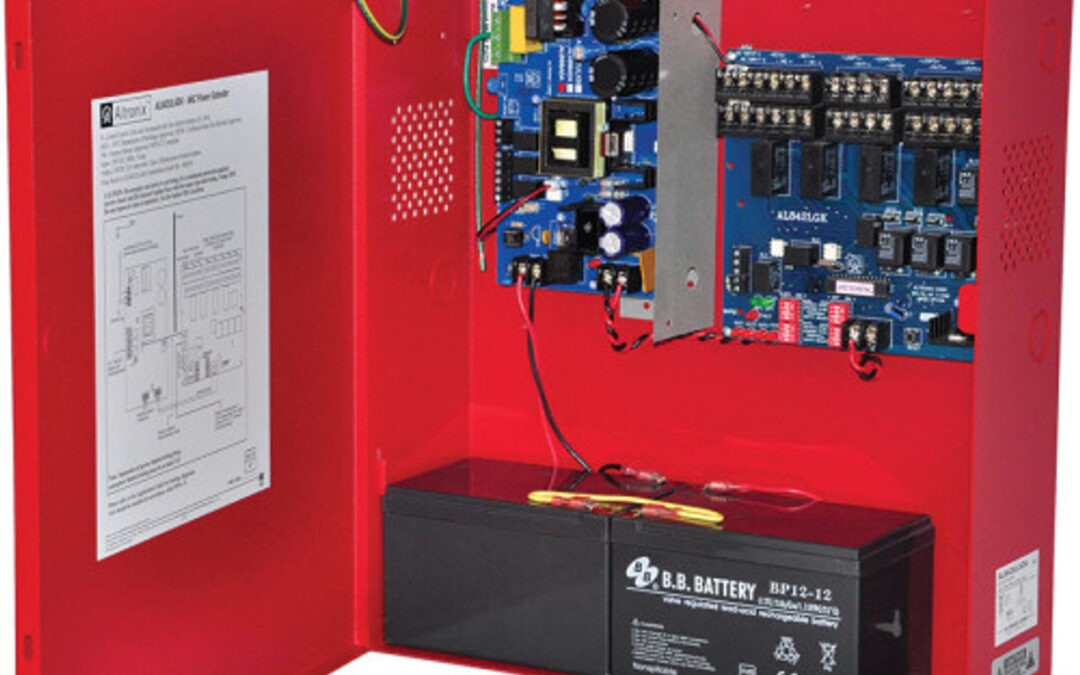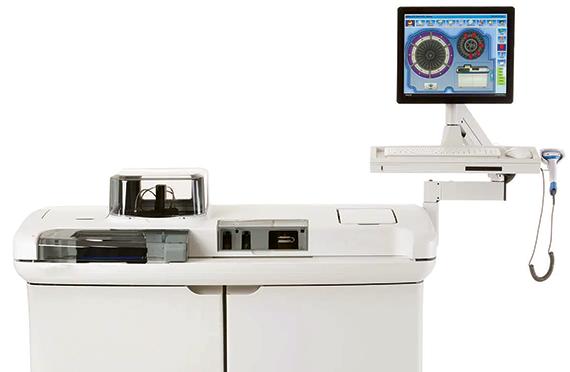
AUDIO MUSIC – A CASE STUDY

vintage guitar pickups
Client: World’s foremost manufacturer of guitars, basses, amplifiers, and related equipment.
Project Overview: In the music industry, the composition of magnetic pickups directly influences sound quality. A major audio manufacturer needed to re-create an obsolete magnetic material that had not been produced in over 60 years. The exact chemical composition was unknown, and customer demand for a vintage sound drove the need for a solution. Without a material formula or the ability to replicate the manufacturing process, the client turned to Allstar Magnetics for expertise in materials, manufacturing, and supply chain solutions.
Allstar’s Approach: Allstar Magnetics combined its deep material expertise and innovative manufacturing processes to address the client’s challenge. The approach involved recreating the custom magnetic blend, refining the manufacturing process, and ensuring scalability for volume production.
Results: Allstar Magnetics enabled the client to:
- Recreate the original resonance and sound demanded by their customers.
- Revive legacy products and develop new designs, driving organic sales growth.
- Meet production demands efficiently through a reliable JIT distribution model.
Client Testimonial:
“For nearly 80 years, magnets have been an essential component of our products, contributing significantly to the unique sound that defines our brand and resonates throughout the music and audio industry. For over two decades, Allstar Magnetics has been an invaluable partner in this journey. Their expertise has been crucial in researching and manufacturing legacy alloys, developing innovative products, and maintaining a comprehensive stock of nearly 1,000 different magnet part numbers, all while supporting the evolving needs of the music and audio industry.” – Chief Engineer, Guitar Research and Design

- Research & Material Testing: Allstar’s team conducted extensive research to recreate the custom magnetic composition, discovering additional materials beyond a standard blend that were crucial to achieving the original magnetic properties.
- Custom Magnetic Compound Development: The team developed a proprietary blending process and optimized the order of mixing raw materials to ensure exact performance characteristics.
- Prototype and Volume Production:: Allstar transitioned seamlessly from prototypes to scalable manufacturing, developing a process to achieve the final shape without altering magnetic performance.
- Just-In-Time (JIT) Distribution: The finished goods were supplied efficiently, leveraging Allstar’s robust supply chain and JIT model to meet the client’s manufacturing needs.

- Research & Material Testing: Custom magnetic composition and product research to ensure exact replication of vintage properties.
- Prototype and Volume Production: Manufacturing expertise to transition from prototypes to high-volume production.
- JIT Distribution: Efficient delivery of the final product to meet customer demand and support seamless integration into their production line.
Allstar Team Strengths:
Allstar’s team demonstrated unparalleled expertise in magnetic performance, manufacturing processes, and supply chain management. Decades of material knowledge allowed for precise reverse engineering and development of a custom magnetic blend. Their robust production capabilities and unique JIT distribution model ensured that the customer received the materials needed for a successful new product launch.
Conclusion:
Allstar Magnetics’ innovative approach and deep understanding of magnetic materials enabled the successful recreation of an obsolete product, helping the client restore their iconic sound. By partnering closely with the client, Allstar delivered a solution that met the demands of modern manufacturing while staying true to the legacy of vintage sound, driving significant growth and customer satisfaction.

